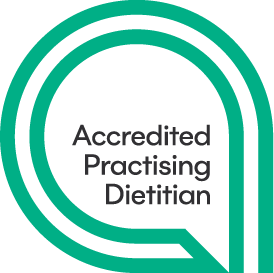Hello, I’m Sana, the dietitian behind Sante by Sana. Today, we’re diving deep into a hot topic in the world of nutrition – comparing the Circadian Rhythm Diet to Intermittent Fasting. While both have gained traction for their potential health benefits, it’s important to understand their mechanisms and how they fit into your lifestyle and health objectives.
Let’s start with the basics:
Intermittent Fasting (IF) involves alternating cycles of fasting and eating. The most popular method is the 16/8 method, which involves fasting for 16 hours and limiting your eating to an 8-hour window each day. Studies suggest that IF can aid weight loss, improve metabolic health, and perhaps even extend lifespan.
On the other hand, the Circadian Rhythm Diet, also known as time-restricted eating, aligns your eating patterns with your body’s internal clock. This biological clock governs a host of physiological processes, including metabolism. The typical method is to eat during daylight hours and fast at night.
Although the two diets may sound similar, there are key differences.
Intermittent fasting focuses on when you eat, not what you eat, while the Circadian Rhythm Diet promotes healthier food choices alongside its time restrictions. The latter also emphasizes the importance of morning sunlight to kickstart our metabolic processes, given the association between daylight and our natural metabolic rhythms.
Through my years of work in dietetics and fitness, my preference has leaned towards the Circadian Rhythm Diet. Why? It’s simple – it encourages not just when to eat but also promotes healthier food choices and aligns eating patterns with our natural physiological rhythms.
In my personalized meal plans, I draw upon the principles of the Circadian Rhythm Diet. I advocate starting the day with a nutrient-dense breakfast, followed by a balanced lunch, with a lighter meal in the evening. This approach aligns with our metabolic processes, which are most active in the morning and slow down towards the end of the day.
This isn’t to dismiss Intermittent Fasting outright. Many have found IF beneficial in their health journey. However, it’s crucial to note that IF isn’t for everyone, especially those with specific health conditions like diabetes or for pregnant women.
The decision between the Circadian Rhythm Diet and Intermittent Fasting depends on individual needs and lifestyles. It’s always best to consult a healthcare or nutrition professional before starting a new diet regimen.
Remember, a sustainable and healthy diet isn’t about drastic changes or rigid rules; it’s about balance, moderation, and, most importantly, nourishment.
Stay tuned for more health and nutrition discussions at Sante by Sana. Your journey towards optimal health is a step away!


